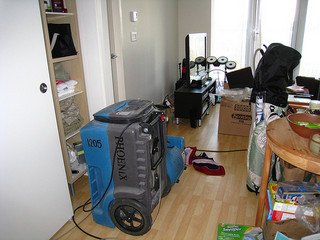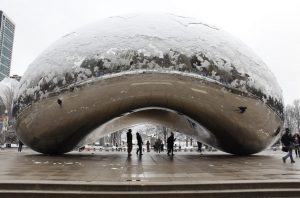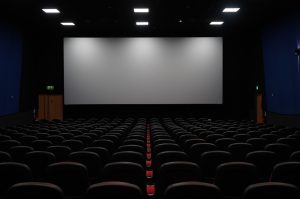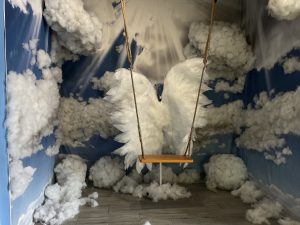
After a brutal winter, everyone in Chicagoland is happy to see the weather finally warming up. But now that the snow is behind us, home and business owners have water damage to worry about. Last year we saw one of the worst rain storms of all time in late April. We have yet to experience anything along those lines this year, but as most Chicagoans now we’ll probably get at least one storm sometime this summer. Heavy rains can cause some serious repair bills and while these situations can’t always be avoided they can be managed to some extent.
Accident prevention can go a long way in making sure you don’t end up having to deal with a restoration project at your home or business. Many people believe home inspectors are only for before buying a home but we recommend having a routine checkup at least every 3 years. A quality inspector should be looking to save you money by identifying flaws in a building’s structure and functional aspects of a property. Ask specifically for leak detection in a roof or windows by requesting a thermal imaging camera which can spot these types of problems before they become visible to the naked eye.
The number one culprit of water damages in Chicago is by far failed sump pumps in basements. If you don’t bring a professional out to evaluate this very important aspect of your home, at least make sure you keep a close eye on how it is operating. You may be able to see malfunctions before a heavy rain and replace/repair it before it causes any problems. A secondary and/or backup sump pump is also a very good idea.
In the unfortunate event that your property does incur a water damage, it is very important that you realize how to handle it properly. If you plan on going through insurance make sure to document everything before you do anything. If there is any standing water in the area you are taking pictures, make sure to turn off power to avoid the possibility of electrocution. Regardless of whether you are hiring a professional or you plan on taking on this task yourself, the first step is obviously getting water out. After that any saturated building materials like drywall, carpet, etc should be discarded. Find the water line and cut 6 to 12 inches above and remove all the drywall below along with the insulation behind that area. Run fans and dehumidifiers in the damaged area for an extended period. Use a moisture meter to determine if everything is in fact dry, do not trust your hand!
Mold can start to grow in as little as 24 to 48 hours. This simple fact is the main reason why you may want to consider hiring a professional to handle this work. The biggest advantage they will have over you is the equipment at their disposal. Industrial sized fans and dehumidifiers can get areas dry in a fraction of the time that the household variety will do. If your restoration project is due to a pipe break you may be able to rent this equipment but during times of disaster, it is all but impossible to get your hands on. If you do not hire a professional for the water damage restoration and you need mold remediation down the road, it is very unlikely that your insurance will cover that service.
This article was provided by the staff at Water Mold & Fire Chicago, for more information on the topic please visit http://watermoldandfire.com/chicago-il.













Be First to Comment